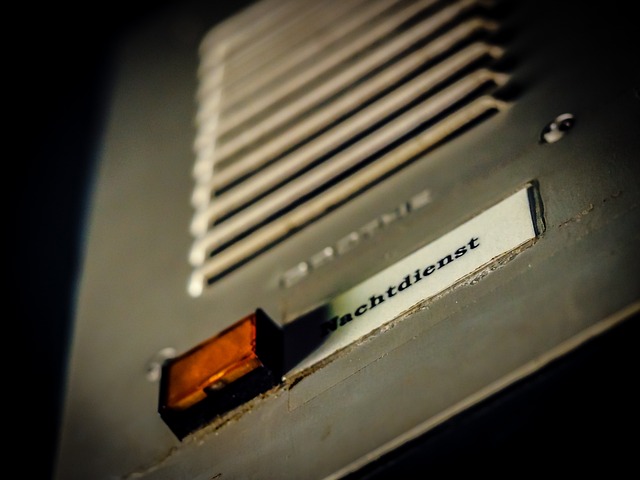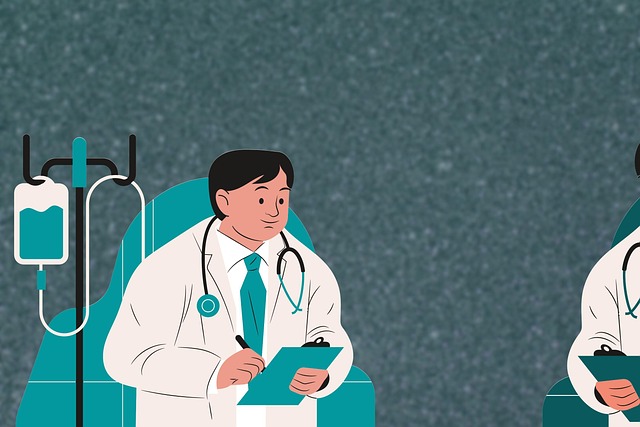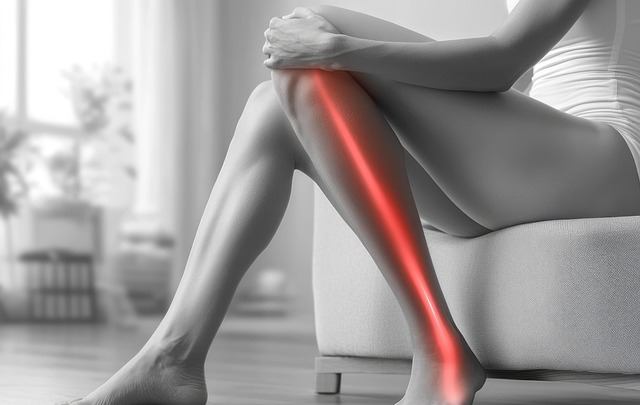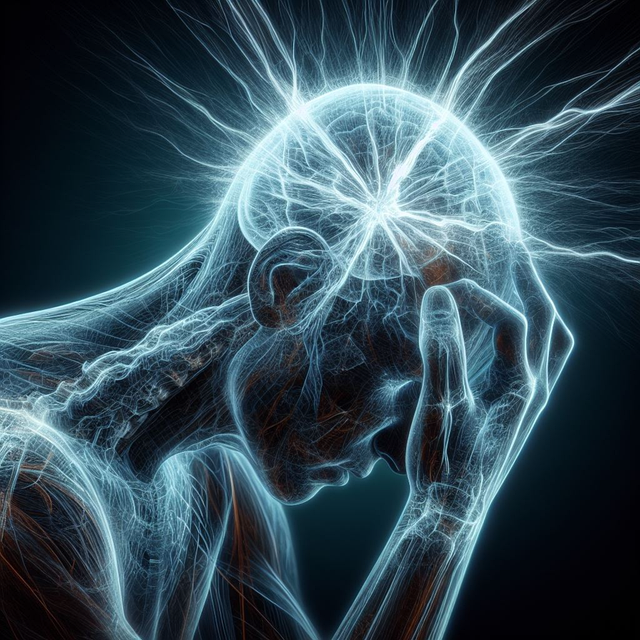Auto accident victims often turn to chiropractic care for effective sciatica pain management. Chiropractors address spinal misalignments ("subluxations") through manual adjustments, relieving pressure on nerves and reducing irritation. Early engagement in this non-invasive treatment, combined with proactive lifestyle changes like good posture and gentle exercises, accelerates recovery, mitigates long-term effects, and prevents future sciatica episodes.
After a car accident, sciatica—a sharp, shooting pain in the lower back or leg—can be a common and debilitating symptom. Understanding sciatica after an auto collision is crucial for effective relief. This article delves into the causes, symptoms, and non-invasive treatments, focusing on auto accident chiropractic care as a proven solution. Additionally, discover practical tips to accelerate recovery and prevent recurring sciatica, empowering you with knowledge to navigate this challenging condition following a vehicle crash.
- Understanding Sciatica After an Auto Accident
- Chiropractic Treatment: A Non-Invasive Approach for Relief
- Additional Tips to Accelerate Recovery and Prevent Future Sciatica
Understanding Sciatica After an Auto Accident

Sciatica, a sharp or burning pain that radiates from the lower back through the buttock and down one leg, is a common symptom after an auto accident. It occurs when the sciatic nerve becomes compressed or irritated due to trauma, often as a result of whiplash or direct impact to the spine. Auto accident chiropractic treatment for sciatica focuses on diagnosing and addressing these underlying issues to provide relief and prevent long-term damage.
Chiropractors utilize a range of techniques, including spinal manipulation and adjusted, to relieve pressure on the sciatic nerve. They may also recommend specific exercises, physical therapy, or lifestyle changes to support healing and reduce pain. Early intervention is crucial in managing sciatica effectively after an auto accident, as it can significantly impact long-term mobility and comfort.
Chiropractic Treatment: A Non-Invasive Approach for Relief
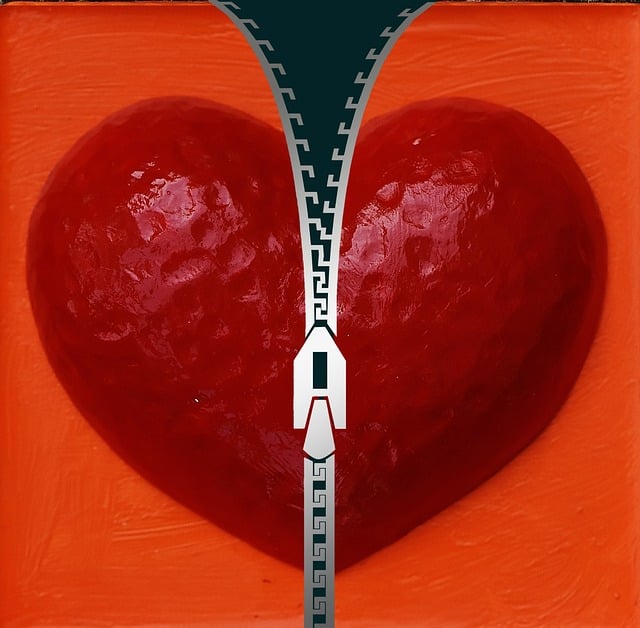
Chiropractic care is a popular and effective non-invasive approach for managing sciatica pain resulting from auto accidents. Chiropractors use manual adjustments to the spine, targeting specific areas affected by the injury or compression. This gentle manipulation helps restore mobility, reduces nerve irritation, and alleviates pressure on the affected nerves, providing much-needed relief for sciatica symptoms.
By focusing on the musculoskeletal system, chiropractic treatment aims to correct misalignments (subluxations) that can pinched nerves, a common cause of sciatic pain after an auto accident. This natural method is often preferred by patients seeking alternative solutions to avoid surgery or prescription medications. It offers long-lasting benefits, improves overall spinal health, and empowers individuals with self-care strategies for ongoing wellness.
Additional Tips to Accelerate Recovery and Prevent Future Sciatica

Beyond the immediate relief from auto injury sciatica, there are several additional tips that can accelerate recovery and prevent future occurrences. Regular visits to a chiropractor for adjustments can greatly aid in restoring proper nerve function and mobilizing the spine, which is crucial for long-term healing. Maintaining good posture during daily activities, especially when sitting or lifting objects, can help alleviate pressure on the sciatic nerves. Additionally, engaging in gentle exercises like walking, stretching, or yoga can strengthen surrounding muscles, improve flexibility, and reduce the risk of re-injury. Incorporating these practices alongside professional chiropractic treatment for sciatica post an auto accident can significantly contribute to a faster recovery and better overall health.
After an auto accident, experiencing sciatica can significantly impact your quality of life. However, with the right approach, relief is achievable. Chiropractic treatment offers a non-invasive, effective solution for managing sciatica symptoms stemming from whiplash and other auto injuries. By combining adjustments, exercises, and lifestyle changes, individuals can speed up their recovery process and prevent future episodes. Remember, seeking prompt care and adhering to recommended rehabilitation techniques are key to navigating the road to recovery after an auto accident.
